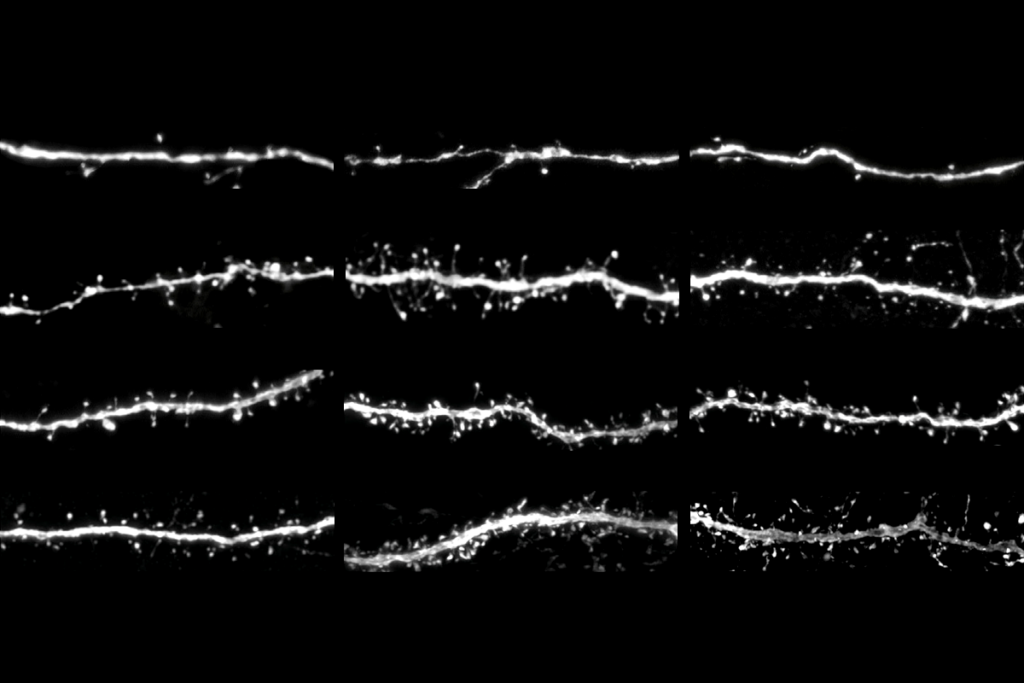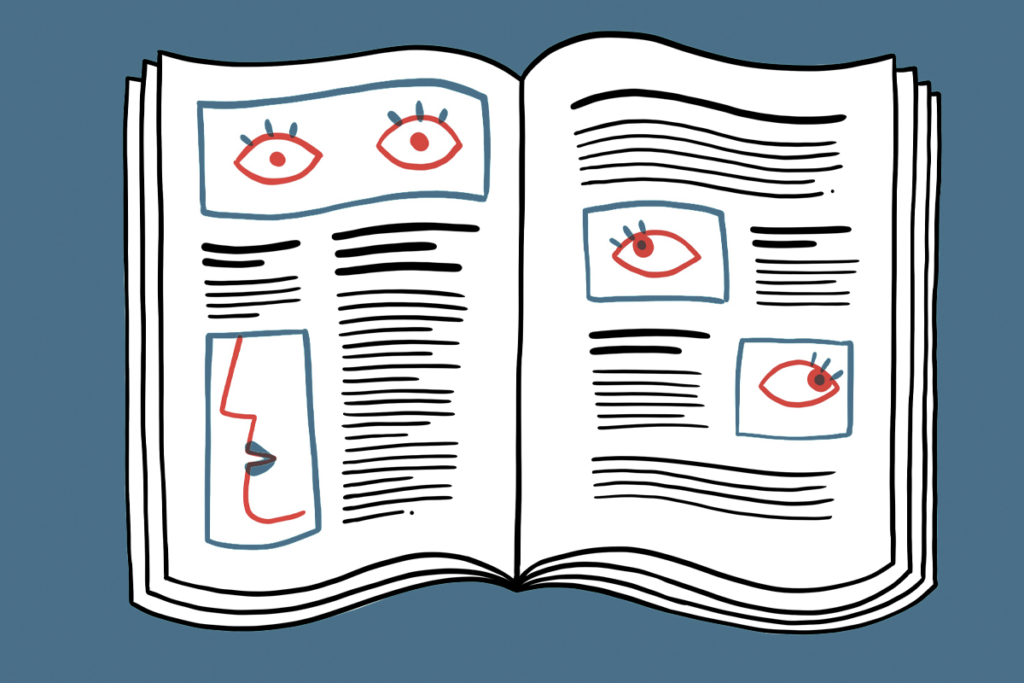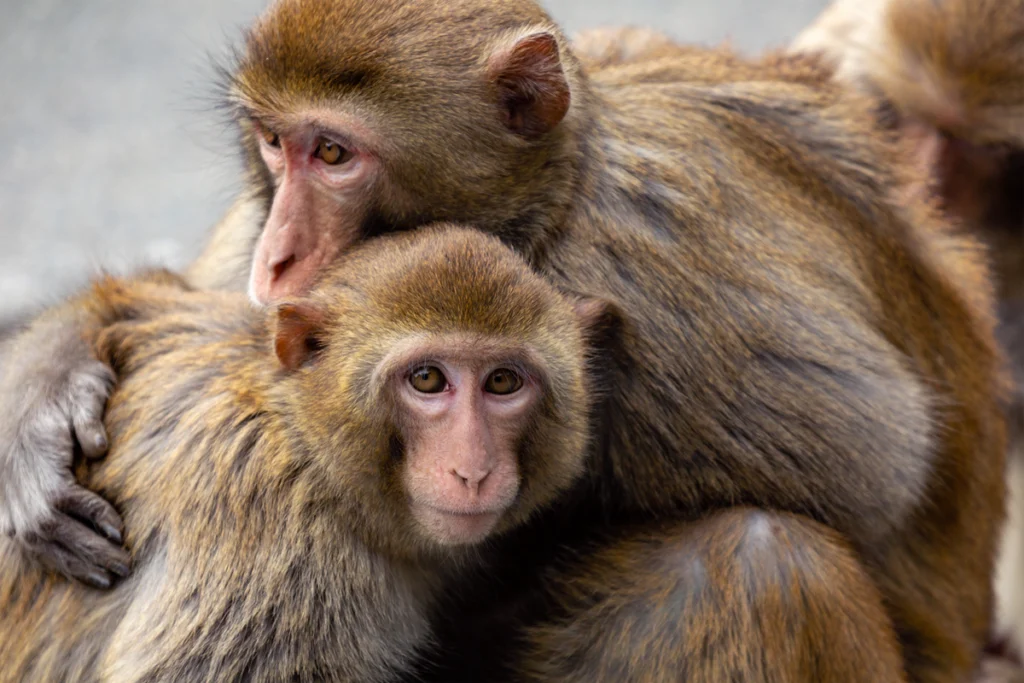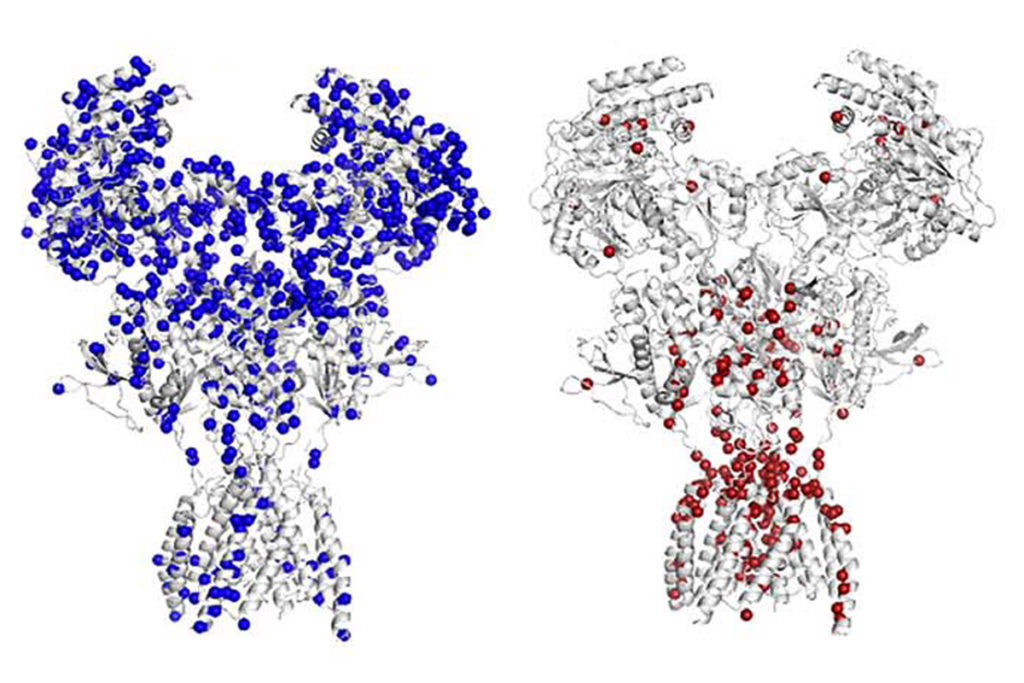Questions for Nicholas Katsanis: Fishing for autism genes
Cell biologist Nicholas Katsanis explains why zebrafish have been key in studying a chromosomal region linked to autism.
It may not seem as if a fish could contribute much to understanding a complex social disorder such as autism. But Nicholas Katsanis, professor of cell biology at Duke University in North Carolina, has turned a small fish with a conveniently transparent embryo into a powerful tool for breaking down autism’s complex genetics.
Hundreds of mutations and nearly as many theories are implicated in autism. Scientists have found these candidates by sequencing the genomes of people known to have the disorder.
More recently, some researchers have adopted the ‘genetics-first’ approach — that is, looking at people who all have the same mutation, and characterizing their symptoms, or phenotype.
For example, the Simons Variation in Individuals Project (Simons VIP) is focused on a chromosomal region called 16p11.2. (The project is funded by the Simons Foundation, SFARI.org’s parent organization.) One copy of this region is deleted or duplicated in about 1 percent of people with autism.
The number of copies makes a difference to the person’s phenotype: Less than one-quarter of people with the deletion or duplication have a diagnosis of autism, but most have other characteristic features. For example, people with the deletion often have large heads whereas those with an extra copy often have a small head.
Katsanis is contributing to this work using zebrafish, which are easy to mutate. His team is systematically deleting each of the 29 genes in the 16p11.2 region and chronicling the effects.
SFARI.org: What is the advantage of the genetics-first approach?
Nicholas Katsanis: Many of us are using broad strokes to define autism, but it’s probably an amalgam of many different disorders. And what we’re seeing is that one way to start stratifying this disorder is to see which populations of people with autism exhibit which endophenotypes. (Endophenotypes are measurable symptoms that travel together with autism.)
Then you go into your model organism and you can reproduce these things. If the same mutation creates similar phenotypes in fish, your confidence that you’re studying the right thing is much higher.
SFARI.org: Why focus on 16p11.2?
NK: Serendipity. For us, having developed the zebrafish model for human genetic disease, I was really struck by the idea that you can have a reciprocal event — a deletion and a duplication that have reciprocal phenotypes.
What was striking to me was that you have 29 genes in this region, and if you deleted them you’re going to have a big head, by and large, and if you duplicate them you’re going to have a small head. This reciprocity was also giving us experimental tractability in regards to specific effects. So we just did the experiments.
SFARI.org: What are these experiments telling you so far?
NK: Well, we have a small number of genes highly contributing to the phenotype of 16p11.2 duplication or deletion. Of course, this doesn’t exclude the possibility that other genes contribute as well, but we have the major drivers.
Our work has allowed us to develop a zebrafish model that will be very useful for studying additional questions that come up. We’ve gone from studying a whole region to studying a subset of genes. We have one small group of three genes that seem to be traveling together and are tightly associated with discrete comorbidities: head size being one of them, and obesity being another.
SFARI.org: How do you translate findings from a fish model to a human social disorder?
NK: Very carefully. We have now several examples of going in and looking for a genetic effect in people that the fish predicts. That is good verification that prediction from the fish is accurate. It all starts with one patient. Everything exciting in science started with one patient, with one peculiar thing.
SFARI.org: What is the most interesting thing that you’ve heard recently?
NK: What is striking to me is that people are beginning to identify subregions of the brain that are bigger or smaller than in controls. That’s music to my ears because in our model organism, we can’t really study behavior reliably. But we can certainly study neuroanatomy.
SFARI.org: What’s next?
NK: We were at the point about a year ago when we really didn’t know what was next. We were scratching around to put stuff together. Now we’re not scratching around anymore. We have a series of large discoveries that we think are informing the patho-mechanisms of 16p11.2. We have generated about 50 postdoc years’ worth of work and we just need to roll up our sleeves and get to it.
Recommended reading

Ramping up cortical activity in early life sparks autism-like behaviors in mice

New method identifies two-hit genetic variation in autism; and more

Protein tug-of-war controls pace of synaptic development, sets human brains apart
Explore more from The Transmitter

Anti-seizure medications in pregnancy; TBR1 gene; microglia

Vasopressin boosts sociability in solitary monkeys
